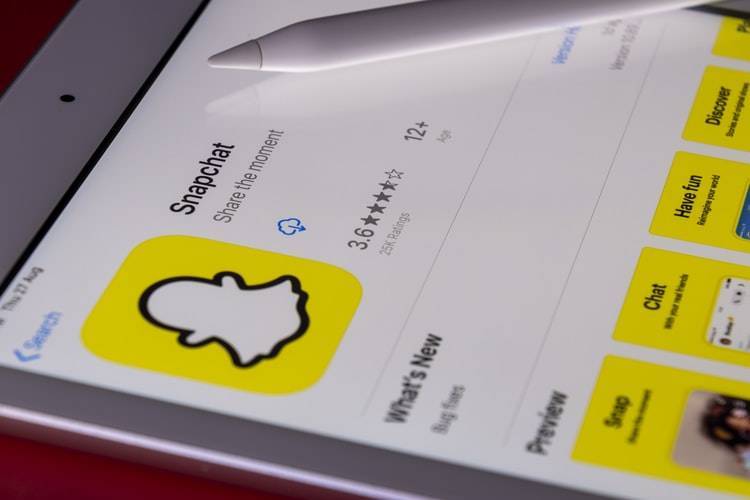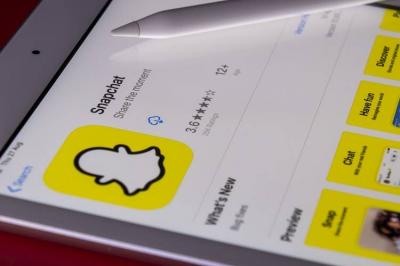The company behind the Snapchat application has launched an initiative to redesign its core camera technology to better capture a wide range of skin tones. Approximately 5 billion snaps are taken using Snapchat's camera each day, serving as a starting point for how people see themselves, their friends, and their world. Bertrand Saint Preux, the company's experience development lead for the camera, noted that historically the chemical processes behind film development used lighter skin as a baseline, which continues to this day, leading to a camera that is effectively biased.
While film cameras improved in exposing darker colors, this was not part of a coordinated effort to make things fairer for everyone. Instead, it was complaints from chocolatiers and photographers shooting darker subjects that prompted the industry to improve. The early days of digital photography were similar, where some webcams from companies like HP and Microsoft promised face detection but struggled with capturing images of individuals with darker skin tones.
Nonetheless, technology has made significant strides in recent years that can aid this effort, including high dynamic range and the ability to merge multiple shots into a single image. For Snapchat, the inclusive camera effort goes beyond just capturing darker skin tones, also involving the identification and removal of biased assumptions when automatically adjusting people's appearances.
Snap wants people to have flexibility, but aims to make high-quality, true images a starting point, placing control in the hands of individuals. The initiative began at the corporate level with a presentation by Saint Preux to top executives last summer, following the George Floyd protests. Snapchat is collaborating with various renowned photographers from the film industry to learn the techniques they use to capture the best shots of actors with darker skin tones.
Projects currently in development or testing include:
- Developing techniques for post-capture image adjustments, such as brightness and exposure correction to create a more balanced image.
- Improving the front camera's low-light capabilities by making adjustments to the flash so that if someone takes a selfie in a dark room, the screen uses the right type of lighting to properly illuminate their skin tone.
- Enhancing machine learning systems and improving how these systems are optimized, with a focus on raising everyone’s image quality above a certain threshold for a fairer outcome.
Snap acknowledges that its track record is far from perfect, stating, "We are well aware of our past mistakes and are applying what we have learned to all our efforts to build more inclusive processes, systems, and design products." The company is working on a range of efforts that will take longer to bring to market, one aspect being the expansion of inclusive camera efforts to other groups, such as ensuring those who wear glasses or other aids can fully use the company’s filters. Snap is also exploring how to enable developers and external partners to benefit from the tools it creates internally.




